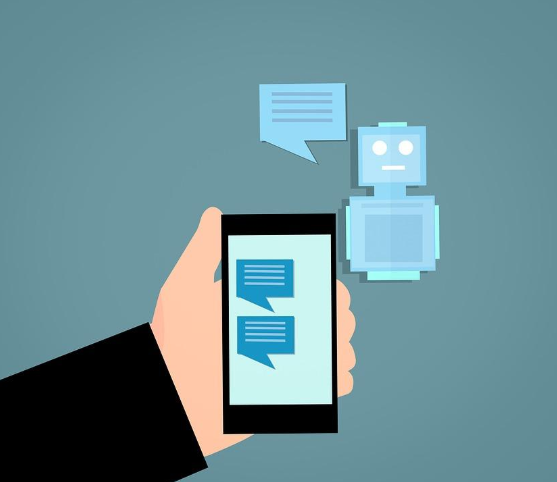
Just five years ago, chatbots were perceived as a joke. Just another fancy fad. Something was going on, but no one was taking it seriously. Things have changed since then. Chatbots are all the rage at the moment. Every day you get a piece of the news about chatbots being able to do one more magnificent or not so thing followed by a flurry of a think-pieces about how life will never be the same with chatbots able to do things like that. It is a fascinating thing to follow.
Why is the popularity of chatbots growing so fast? Despite the hype, chatbots are actually becoming more useful with each coming day. At the moment, chatbots can fully replace the day-to-day informal duties of support and consulting services. On the other hand, chatbots also provide incredible field study of human behavior while interacting with it.
Sure, there is still a debate on whether customers should be handled by cold, emotionless machines, but the fact remains — sometimes chatbots are here to stay.
According to the experts from The APP Solutions, the future of chatbots is certain — chatbots have a very distinct place on the market and they have already shown their value in various industries. Because of that, there is no doubt that use of chatbots will only broaden in near future.
Here are three industries where chatbots are already successfully replacing humans.
Customer Support
Customer support is an evergreen sore spot for any company. From the dawn of time customer support seemed like a herculean task — to talk with people about their causes and try to solve them without instigating a conflict. God knows how many had fallen on this job. But now companies can use the time for their employees in a more effective way as chatbots can handle basic customer support.
Use of chatbot for customer service is a win from multiple standpoints. First, chatbot is available 24/7 no matter what. Second, chatbot can cover the entire base level of support with switching to the human operator only in specific cases.
On the other hand, chatbots can study many things with the customers — from what kind of problems occur most frequently to how many customers actually know what they are looking for.

News delivery
News companies are in the constant search for the best possible way of delivering the news. Given the fact that the rhythm of modern life is so intense some people can’t just stop and read the news on their own — it is always a challenge. While it may seem out of a left field, but chatbots can be extremely effective in delivering the news.
At the moment, such industry giants as CNN and Wall Street Journal are testing out innovative models of delivering news with a little help of a chatbot. And it looks promising.
In essence, this chatbot is a specialized notification feed in the messenger that deliver news content from a certain source according to the preset parameters.
The difference from any other news is that the chance of spotting the news story in the message feed is higher than simply in the over adjusted news feed. It is a far more effective method of delivering news than regular email subscription.

Language learning
While this might seem odd, chatbots can help to learn certain aspects of language.
On one hand, chatbots can handle learning of the fundamentals. Chatbot can serve as an elaborate tutor who delivers strictly portioned material and explains certain aspects as they come from the recipient. In addition to that, chatbots can be used as an interactive dictionary of sorts. Technically, it is Q&A bot just with a broader set of search parameters.
On the other hand, chatbots can be used as a conversation between partners in order to provide language practice to a certain extent. Mechanics is more or less the same as with a regular chatbot but there is more attention towards an input and its correctness — the composition of the sentences, use of words.
In conclusion
Despite all that, the burning question “will chatbots replace human communication?” still remains beyond answer.
The reason is simple, no one knows for sure and given the rapid development of the technology things can change drastically in the blink of an eye at some point. Of course, it is a rather far-fetched explanation, but at the moment that is the most plausible answer.







Nice read, thanks!